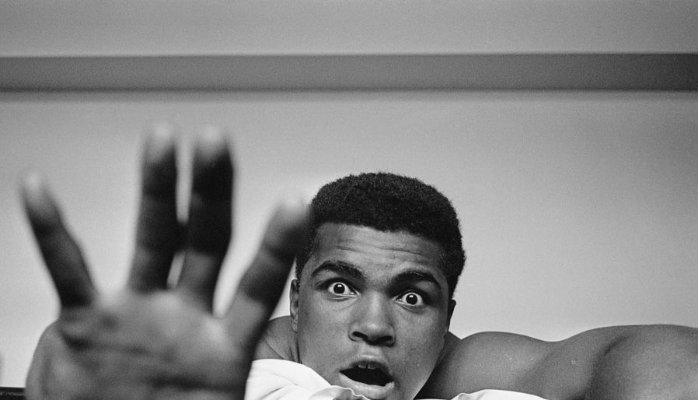I had the opportunity to chat with one football coach some few years ago and it truly turned out to be interesting. The thrust of our conversation rested on the current trends driving our lifestyle and naturally could not swerve football. After talking from politics to technology we rested on the word COACHING. I learnt that even in the old days of ‘football coaching’ more emphasis was placed on fitness than on strategy and the off-the-field life of players. It brought in the question of how coaching and management are related.
The New Era
Now in the era of ‘football management,’ there seems to be more emphasis on managing one individual player. This concept realizes that every footballer is unique and that in addition to their own natural attributes each player has different technical, physical, emotional and psychological needs. Therefore the player is first seen as an individual before they are seen as part of the team. It is at this point that the manager would engage with the player for his/her optimum results for the team. Coaching is thus combined with training for optimum results.
Simply defined, coaching is “a process that enables learning and development to occur and thus performance to improve. Eric Parsloe,
Coaching Skills – Coaching and Management
As we went through the vagaries of coaching it was apparent how closely related they are to coaching at the workplace. In fact, to be a good manager, you need to be a good coach. Research has shown that 70% of employee learning and development is on the job and that could be largely achieved by coaching. Is this very common in Ghanaian businesses? Do managers possess these skills to coach their team members?
From today, if you are a manager you need to start coaching. However to be a successful coach, one requires knowledge and understanding of the process as well as the variety of styles, skills and techniques that are appropriate to the context in which the coaching takes place.
Managers could consider these six (6) proven steps:
Identify the needs of team members
This starts by being aware of their job descriptions. Some job descriptions can easily be out of date as frequently as annually in highly dynamic settings or new companies. Always go back to the job description and its functions and ascertain relevance and alignment.
Meet up with them for a chat
A one-on-one meeting with members to talk is the next step. In this meeting, communication should be stimulating to let team members be part of identifying what their needs are. The first attribute the manager exhibits is listening.
Here are some proposed questioning;
- How do you want to improve?
- What are the challenges you face in your performance of your duties
- Which additional skills do you think you need
Remember this is more of an active listening session than a telling session and the manager needs to use the communication skills set he/she is exposed to. It is important for the manager to be sensitive to this, as being an expert naturally makes them directive and may want to tell teammates what to do.
Analyse Conversation Outcome
Based on the conversation had, identify which areas the staff needs improvement. It may be helpful to pick the mind of another manager who knows the staff.
Determine Action Steps
Based on needs identified what coaching and training opportunities are available. The manager should consider the various methods being one-on-one shadowing of more experienced staff, cross-functional training, one-on-one with the manager, and instructor-led training among others.
Considerations should however be made on an individual’s most effective learning style as well as cost-benefit analysis
Commitment to Action
Encourage a commitment to action and the development of lasting personal growth & change
Evaluate the Action:
Here you are basically asking, how the development program has gone. It will be worth assessing with some quantitative measures to ascertain
The way businesses and football have evolved has created a kind of merger between football coaching and management.









